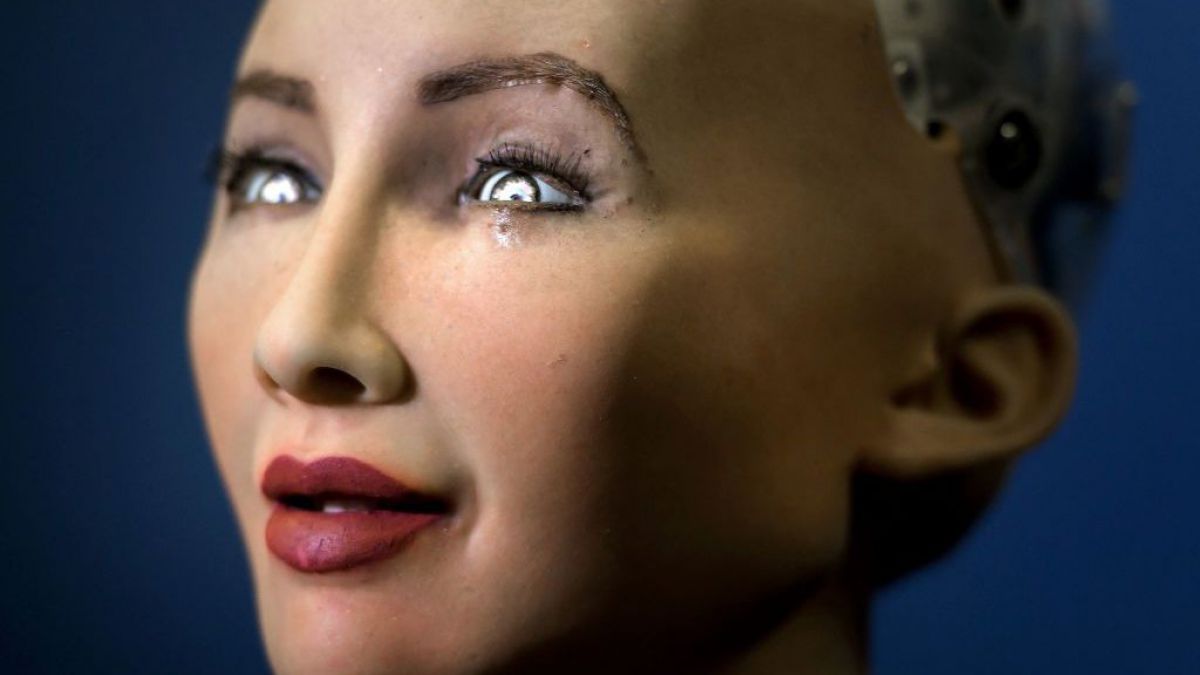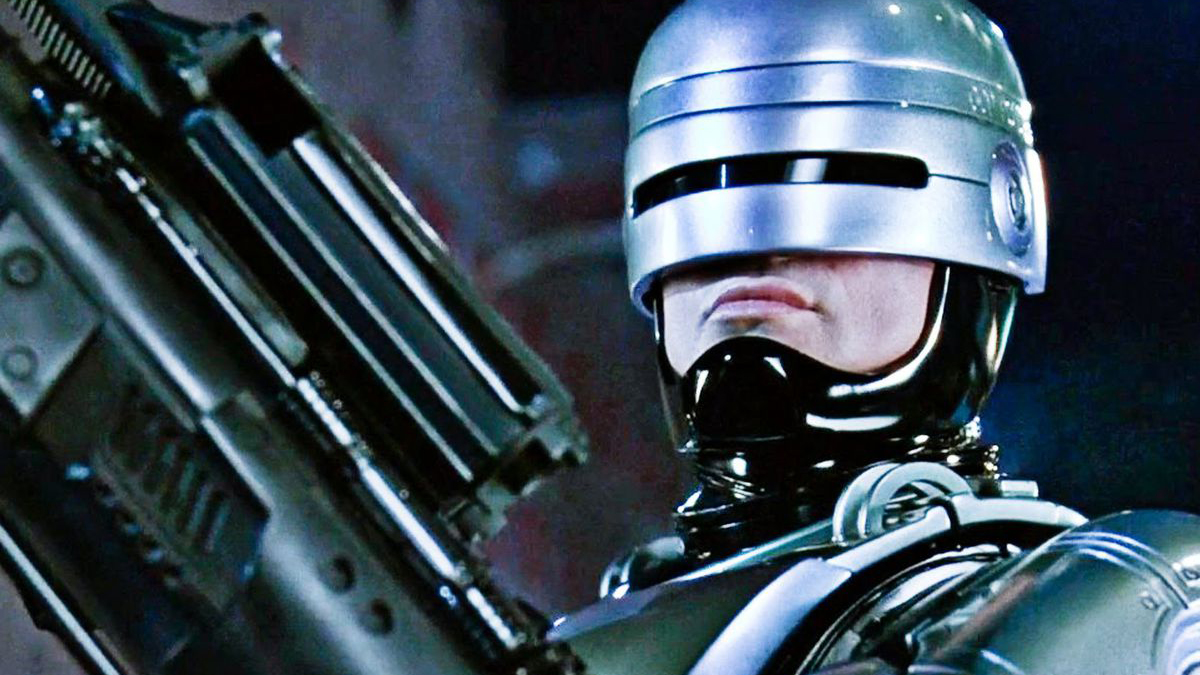Inequity, Inequality and the Creation of new Social Structures
We may speculate what is the hidden agenda of transhumanism. As the affluent people have access to very sophisticated technologies, this eventuality would create an even more larger excision between those implanted or “improved” and the poor who do not have access to them 63. The scientist Lee Silver said that, even tho he applies and supports the advancement of technologies, he as well believes that these ones might create a new socio-economic gap making the wealthy and powerful people will potentially have even hold more power that the one they already have 64. From another point of view, there could also be another situation which would consist in the creation of the “perfect” bodies of labor (workers). On his Twitter platform the technology entrepreneur Elon Musk said that people should work eighty hours a week (at least) to change the world and stated that “nobody ever changed the world on forty hours a week” 65. His transhumanist work of ethic seems to suggest that our bodies should became slaves of our professions and enhance our capacities to work, for example, fourteen hours a day six day a week sleep deprived, experiencing anxiety and depression.
The libertarian futurist Zoltan Istvan 66, who has run as a candidate for the United States presidential election of 2016, said that everyone believes that the human body is magnificent thing, but for him it is nothing of the sort. He stated that “biology is an incredibly frail system. There’s not a sensible person that doesn’t believe a robot is going to run 100 times faster than a human being. Machines are going to be systematically better than us in every single thing we do - including work - and that’s why we absolutely have to integrate ourselves into them or we’re going to be left behind.” So it seems that transhumanist are looking forward to a posthuman society that would able to work in the pace of machines; is either that option or to stay out of the system. We have to become machines. Transhumanist predict that in the future there will be robots working hand in hand with humans, which will help to replace rigid production processes with flexible structures. It’s going to have to have a serious reconversion. There are professions that are being destroyed or upgraded, that are going to be able to be executed by an Artificial Intelligence, but new ones are also going to appear.
From a biological perspective, for Tristram Engelhardt, a researcher that focuses in the area of bioethics, the body in which the mind resides is of the human, not of the person and, in fact, often hinders mental activity 67. Therefore, it would be reasonable thing to improve it. Relating Engelhardt’s arguments with transhumanism, we can say that in addition to posthumanism taking body of nature in society, hypotheses about the emergence of a new human prototype opens a period of reflection on the promises of technology. Humanity is on the verge of a new evolutionary leap with the emergion of new technologies, which has given rise to various scenarios of evolution that, on the one hand, scare, and on the other, they are a cause for hope. In the end, everything will depend on the use that humans give to technology. It seems that we are approaching a time when we seem not to be satisfied with the virtues and graces that have been handed down to us by genetics.
If we look at the advances studied and desired by transhumanists, the future holds an alienating situation where some will have the necessary improvements to stand out from the rest and the others will belong to the controlled hive mind. On what is all this exorbitant ambition based? Is this advance natural and inexorable? Can we make it beneficial somehow? The transhumanist philosophy as well proposes, in a way, to become Gods. This ideals show an extreme level of vanity, an erroneous attitude that misuses knowledge by not respecting the free will and dignity of mankind, and that only attend to the dark polarity of energy or egoistical actions without considering fellow humans. Some authors critics of the current libertarian transhumanism have focused on the socioeconomic consequences that these technologies would have on societies with growing income imbalances. Larry Page, the internet entrepreneur who co-founded Google, the physician Joon Yun and Peter Thiel, the co-founder of PayPal, said that transhumanism is “probably the most extreme form of inequality between people who are alive and people who are dead” 68. The environmentalist Bill McKibben, for example, suggested that human enhancement technologies would be disproportionately available to those with more financial resources, thus widening the gap between rich and poor and creating a biologic, genetic and cyborg (artificial) divide 69. I can not think of a more ominous dystopia.

As an example of how would a genetic divided society would look like, the 1997 film ‘Gattaca’

As an symptom of transhumanism, we can talk about the Hong Kong based company Hanson Robotics, which creates “intelligent living machines who embrace human values and enrich our lives” 71. They designed ‘Sophia’
As many of the creators of this technologies are powerful and wealthy futurists, scientists and bioengineers, the humankind’s freedom is once again controlled by the small percentage of individuals that have an enormous power and capital, and that represent the dignity of our race 73. This as well interrogates the dignity of the cyborgs and the dignity of the man. This announcement sparked off a considerable debate among bioethicists, philosophers, sociologists and futurologists, dividing researchers into transhumanism into two groups: those promoting the discourse of greater dignity of the cyborg, and those claiming that cyborgs should be deprived of any dignity.

CAPTCHA is an acronym for ‘Completely Automated Public Turing test to tell Computers and Humans Apart‘ 74. The Turing test that CAPTCHA refers to is a test that the mathematician Alan Turing proposed in 1950 to demonstrate how far the intelligence of a machine could simulate to be a human, even if superficially the difference was imperceptible. This method is still used in Artificial Intelligence. As in CAPTCHA the test is controlled by a machine, in reality a reverse Turing test is being used. Typically, CAPTCHA consists of a series of distorted characters that are displayed on the screen so, on theory, only a human can interpret them and not machines 75. At first it was designed so that hackers couldn’t have access to information. Now Google can know if we are a human of not by checking the button “I’m not a robot”
I have no doubt that transhumanism as a cultural and scientific movement also has its own thinking heads that try to harmonize both spheres in favor of a friendly understanding between them. But as the successive technological advances progress it would be convenient to have some kind of international regulation that would create the necessary framework that links public authorities, private companies, non-profit groups and individuals. Normally, a problem or a situation always emerges so that afterwards, the political instances, which never go as fast as we would like, regulate those activities already taken place. Technological advancements and continuous improvements will continue to be produced, since humanity always tries to move forward, but the ethical implications that can be derived from converting the human body into a cyborg, should be preceded by the necessary debates on the limits that can be imposed and, eventually, have a standardized international action protocol to foresee possible misuses of new technologies. Regulation and the debate about the effects of technology on our body and mind are becoming urgent as we are witnessing the dawn of a technological revolution, in this case till now, the limits are not at all clear.
Dehumanization;
A face of Transhumanism
Transhumanism appears as a dehumanizing doctrine which their arguments can be understood as a consequences of the alienation caused by the use of technology or the implementation of technology in the human body. In the last decades, human beings began to isolate themselves increasingly overtime, replacing interpersonal relationships with digital links by creating and living in a hyper-artificial world. The constant use of machines causes individuals not to use their creativity, but to act as an obsolete entity in an already frameworked system.
The economic and social theorist Jeremy Rifkin 76 and the professor of cell biology and anatomy Stuart Newman 77, say that biotechnology enables to completely change the identity of organisms. A different proposal comes from the professor of biochemistry, Isaac Asimov, called the ‘Frankenstein complex’ 78. According to Asimov’s vision, any human clone, modified animal or artificial intelligence that indicates to be self-conscious, would be considered a person worthy of respect, dignity and rights of citizenship. Consequently, they argue that the problem would not be in the creation of supposed monsters, but in the factor-disgust and speciesism that would judge and treat such beings as monstrous. This ideal brings to the light the question of if by humanizing robots we are dehumanizing the human race. But, humanize the robots? To ask such question, I believe, is because of the result of the the human beeing too dehumanized by the artificial world. A robot is a robot, a human is a human.

We can take as an example the exhibition “Human+ The Future of our Species” 80 produced by the Science Gallery of Dublin. The serie of technological samples that were displayed, lead the human being to what I see as an example of dehumanization rather than to evolution. The artists Louis-Philippe Demers on his work ‘Area V’
Beliefs, feelings, morals and ethics go to a second instance when we speak of cyborgs, posthumans or clones. By introducing the concept of transitioning into a cyborg 83, transhumanists objectify the human body. This remarks a difference between the evolutionary and natural selection process, and transhumans (humans in a cyborg transition, the objects of dehumanization) and a posthumans (complete cyborgs, the result of the dehumanizing act).

As an illustration of the dehumanization of the cyborg, I will talk about RoboCop 84
The professor in the history of consciousness Donna Haraway and the philosopher Rosi Braidotti, affirm that we are cyborgs. Technology is making us evolve as we become homo sapiens addicted to clicking on buttons and spending most of the day watching screens. Today we depend on what we could call “external brains” (our devices such as cell phones and computers) to work, schedule, control time to remember, and even communicate to thousands that kilometres thanks to the internet. What would have to be questioned in the last instance, is if these machines are going to connect or bend us as a specie, the new homo sapiens, the cyborg of today. Haraway in her writing ‘The Cyborg Manifesto’ 85 brought to the light the concept of a cyborg as “a hybrid of machine and organism, a creature of social reality as well as a creature of fiction”. She means that cyborgs are realities and argues about the boundaries between science fiction and social reality, saying that the last one mentioned is “an optical illusion”. Haraway explains in her manifesto the existence the three boundaries breakdowns: human and animal, animal-human and machine, and physical and non-physical. For her, the definition of the relationship between human and animal has had an abrupt change since the technological revolution of the late Twentieth Century and highlights that machines and technology impact directly our how blurry is our comprehension of what is natural and what is artificial.
Braidotti on her book ‘The Posthuman’ 86 shows that a new materiality emerges from the interrelation between living and artificial substances. This connection literally and figuratively transforms the every fiber of the human and that makes us question the bases and nodes of humanism, and the new way of thinking about life, posthumanism. For the author, posthumanism is a way to think globally connected and technologically mediated societies. Her posthumanist proposal exceeds the mainstream discourse associated with the warning about the hybridisations of humans and machines to project themselves towards theoretical reflection, the political stance and the construction of subjectivities in advanced post industrial capitalism. Although she does not deny, but is interested in the dark, dehumanizing sides that create such hybridizations, from her point of view the writer generally assumes an optimistic position on the possibilities of posthumanism, exploring and offering subjective, ethical, political and academic alternatives to the dehumanizing acts of the current times.
We are not just matter, we are not machines, but people endowed with rationality, which elevates us to a higher rank of dignity that should make us reflect before anything else. Each individual, each human being, each human life must be respected for having the condition of being a person. There are many questions and objections that could be raised about transhumanism, some of which can’t be responded. The philosophy is self-referential and does not enter into confrontation with other theories. In my opinion, the transhumanist project is unworkable in its entirety. I consider it an utopia. However, some of its methods and premises are already present. But, the human being is capable of doing everything because he is free, he can transform his own nature and even destroy it.
The transhumanist theory, and its derivative of human improvement through enhancement, offer a new vision in a certain revolutionary sense, in that it incorporates the knowledge modern sense, a new form of anthropological materialism 87, the mechanization of nature. In this case, with a different and new important element, an anthropological materialism that incorporates the dissolution of the idea of man proper to postmodernity meaning that the man is nothing in particular, does not have a certain nature, is customizable, moldable and editable. It seems that the transhumanist discourse believes in erasing the human species as we know it now. This desire of being able to command the human species transgress some highly risky ethical limitations.
The political scientist Francis Fukuyama on his article ‘Transhumanism – The World’s Most Dangerous Idea’ 88 stated that the postuman specie is likely to see the normal human beings as inferior beings and possibly fit them for slavery or slaughter. The normal human beings, by contrast, can see the posthumans as a threat and, if they can, they would participate in a pre-emptive strike to kill the posthumans before being enslaved by them. Ultimately for the author, a foreseeable genocide makes an irresponsible genetic engineer a potential bioterrorist. Observing the matter with an anthropological vision that pretends to substantially alter human nature, through disruptive technologies, it is necessary to firmly claim respect for each person in their dignity, freedom, uniqueness, exclusivity and diversity. For this, the human being must be at the centre of all the decisions that concern him, as the true protagonist of his life.